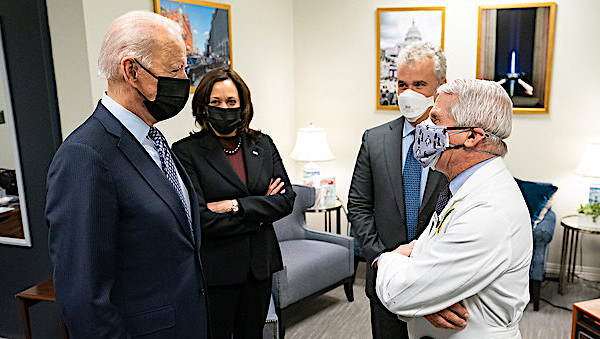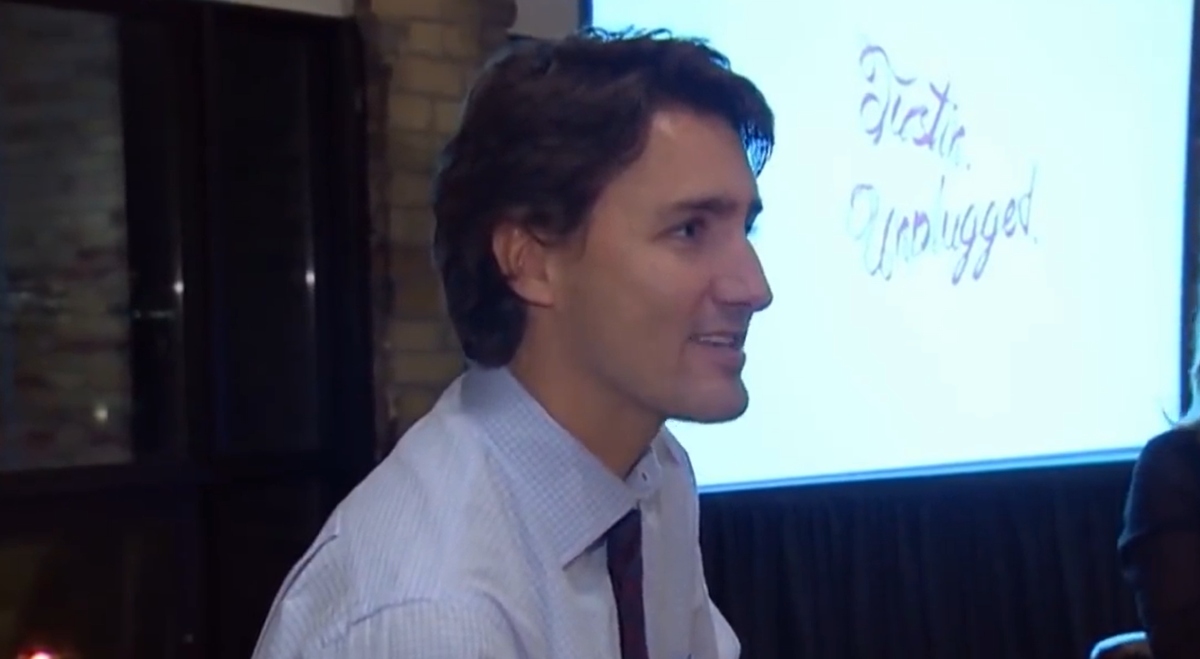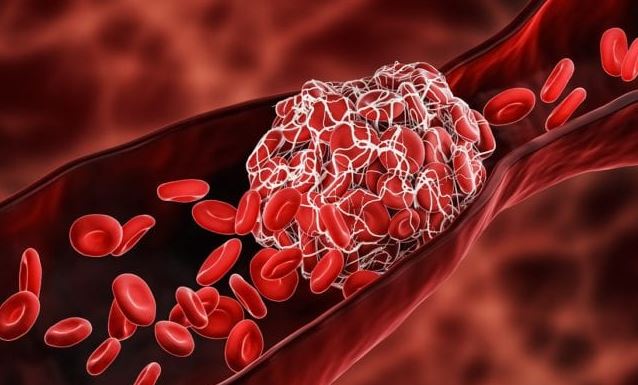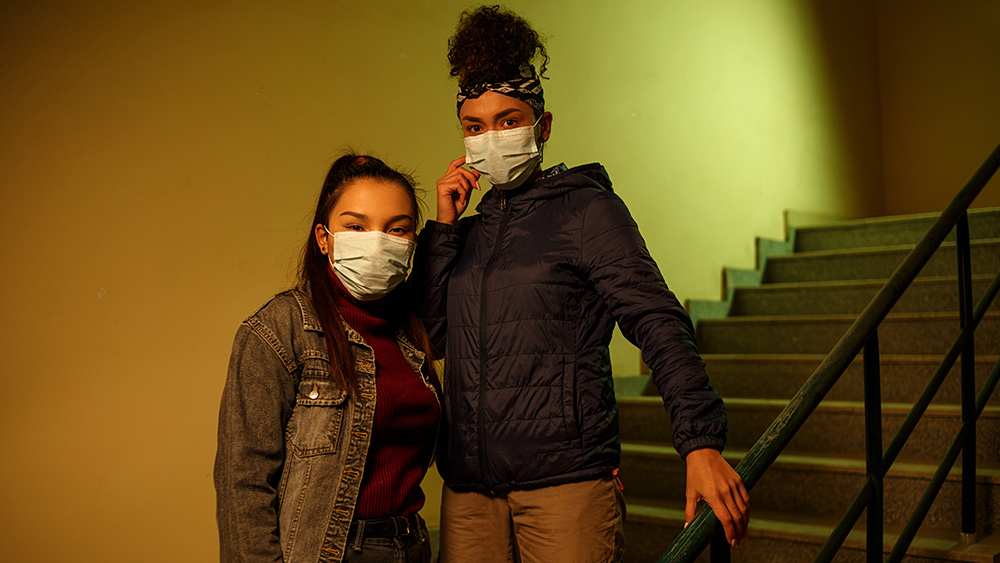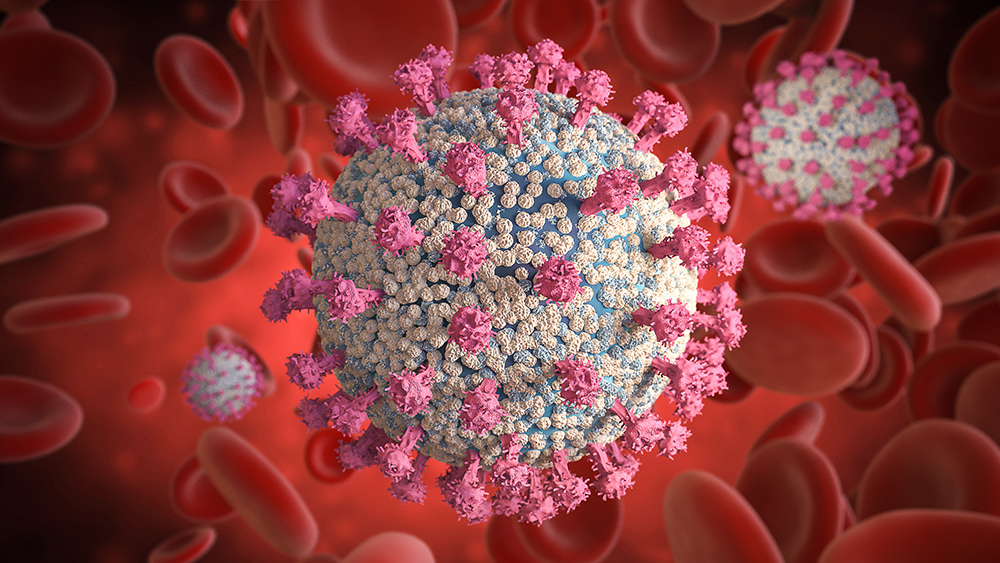The sudden lockdown in India has put tens of millions out of work… will countries be able to slow the curve of poverty, homelessness, and despair?
05/05/2020 / By Lance D Johanson
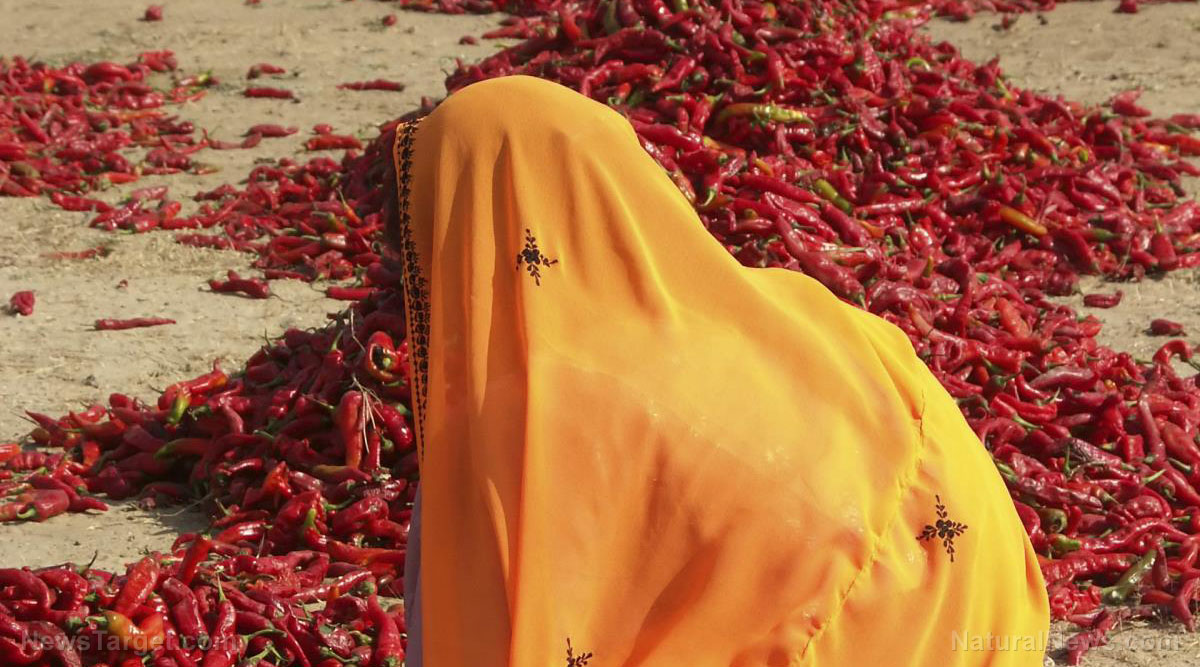
The Prime Minister of India, Narendra Damodardas Modi, initiated a sudden lock down of the entire country on March 24th. The lock down went into effect at midnight, the same day it was announced. Overnight, tens of millions of hardworking men and women were told they could no longer work and collect a paycheck. Over the next few days, migrant workers, which comprise 20 percent of the labor force in India, fled from the populated cities en masse, traveling hundreds of miles away to their home villages. The lock down has resulted in the greatest forced migration in the history of India and has created a ripple effect of unemployment, poverty and homelessness.
Government reactions to COVID-19 have caused new curves of poverty, unemployment, homelessness, despair
In an attempt to slow the spread of COVID-19, which has stealthily affected over 210 countries since the fall of 2019, governments have abandoned the use of precision quarantines for the veritably sick and have instead implemented population control methods to combat “the invisible enemy.” One after another, governments around the world have followed in the footsteps of communist China, restricting travel, commerce and congregation, locking select establishments down, enforcing stay-at-home orders, imposing bodily requirements and controlling the economy. These actions have severe unintended consequences. Will heavily-populated countries like India be able to slow the curve of poverty, homelessness and despair in the grueling days, months and years ahead?
Migrant workers are afraid to return to cities because of unpredictable economic conditions and government requirements
Modi is currently lifting restrictions on the economy and offering incentives to lure migrant workers back into the cities. Many of the workers fear going back, not necessarily because they might get an infection, but because they are afraid of what the government might do to restrict their movement, take away their job, or affect their livelihood at a moment’s notice.
“The unprecedented hardship faced by migrant workers since the outbreak of Covid-19 might result in fear psychosis,” said Sujan Hajra, Mumbai-based chief economist at Anand Rathi Financial Services Ltd. He predicts that the hardships have just begun for India’s “already precarious employment situation” and projects wide scale labor shortages and skyrocketing unemployment over the next six months.
“After Modi ji’s lock down, we’re scared of returning,” said Sontosh Das, 24 who spoke over the phone. “During tough times, only family comes to help.” Das had to flee 870 miles away to his home village in West Bengal and is afraid to return to work because he risks being left with nothing again. He is currently working on the family farm to make ends meet. Like many workers around the world, Das is at the mercy of the ever-changing demands of government officials. As lock downs are extended and as new restrictions are put in place from week-to-week, many workers feel psychologically abused and controlled, not knowing if their work and livelihood will exist in the morning or if next month offers any hope of recovery at all.
Despair is setting in. Companies in India have already reported severe labor shortages at ports and factories. Labor shortages are expected at Nissan Motor Co, Ford Motor Co and Suzuki Motor Corp. Real estate developers are seeing a rise in defaults on payments for office buildings and apartments. Many workers in India work for less than $5 a day and are wondering if working in uncertain conditions is even worth it. Families, stricken with poverty and hunger, are working together to make ends meet. Some are able to take advantage of Modi’s rural job guarantee program, but this barely scratches the surface. Nearly a quarter of all the people in the country are now jobless.
Economic advisors suggest that the 600 billion rupees that Modi plans to transfer to the poor will not be enough to hold off hunger and homelessness. India’s former finance minister Palaniappan Chidambaram believes the poor will need another 6 trillion rupees cash if the country plans to survive. These actions will provide short term relief, but the economy will not recover and jobs will not remain, if the flow of revenue remains stagnant and people continue to fear for their lives. No matter how much money is helicoptered in, the real problems will remain.
How will populated cities continue to face an emerging infectious disease threat without losing their confidence in one another, without losing their livelihoods, their jobs and the ability to engage in commerce? How will nations face ongoing infectious disease threats without devolving into an ongoing martial law police state where liberty and human dignity is lost?
Sources include:
Submit a correction >>
Tagged Under:
Collapse, commerce, covid19, despair, economy, exile, hardships, homelessness, India, infectious disease response, jobs, lock down, pandemic, poverty, risk, unemployment
This article may contain statements that reflect the opinion of the author
RECENT NEWS & ARTICLES
Pandemic.News is a fact-based public education website published by Pandemic News Features, LLC.
All content copyright © 2018 by Pandemic News Features, LLC.
Contact Us with Tips or Corrections
All trademarks, registered trademarks and servicemarks mentioned on this site are the property of their respective owners.

